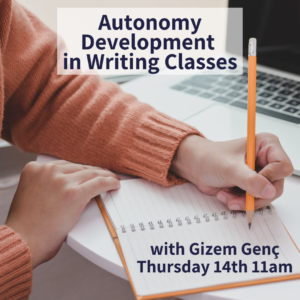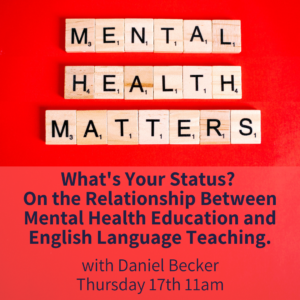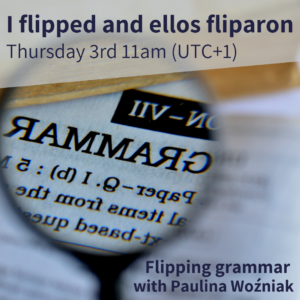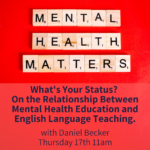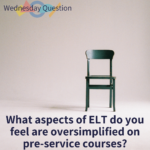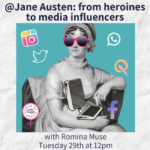This week we were joined by Gizem Genç, a fabulous educator and ELT professional with a passion for teacher development. Gizem shared her ideas on how to increase autonomy with students to help develop their writing skills.
She has a very well-written blogpost which outlines the ideas she talked about during the session. You can also find downloads of the reflection tasks and checklists she used on the page.
